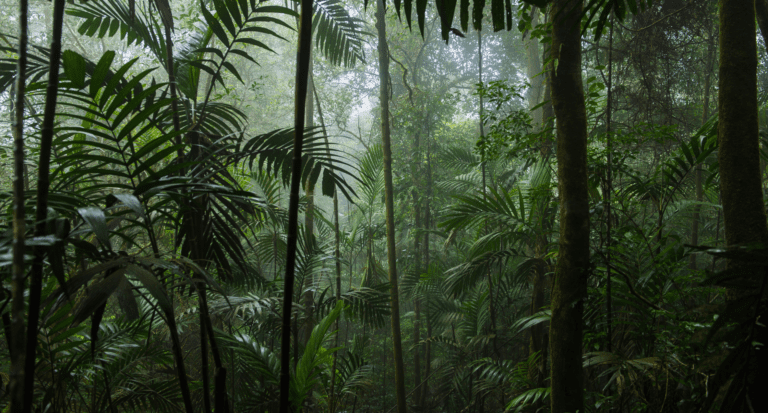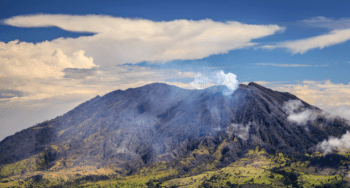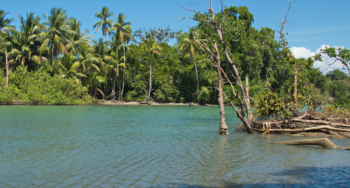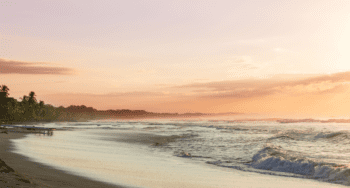Quick Guide to Children's Eternal Rain Forest
Children’s Eternal Rain Forest spans 56,000 acres across northwestern Costa Rica, saved by schoolchildren from 44 countries who raised funds starting in 1987. This largest private reserve protects 400+ bird species and all six Costa Rican wild cats across four visitor stations ranging from family-friendly trails at Bajo del Tigre near Monteverde to remote Pocosol Station requiring 4×4 access from La Fortuna. Unlike the busier Monteverde Cloud Forest Reserve, your $15 entry fee here directly supports conservation with fewer crowds and more authentic experiences across seven distinct life zones.
Key Station Details:
- Bajo del Tigre: 10 minutes from Santa Elena, easiest access, 3.5km family-friendly trails
- San Gerardo: Overnight stays available ($78-103 with meals), Arenal Volcano views
- Pocosol: Near La Fortuna, 4×4 mandatory, waterfall, and volcanic vents
- Entry: $15 adults, $10 children—100% funds conservation
What You Need to Know:
- Best wildlife viewing 6-9 AM regardless of season
- Dry season easier trails; green season better wildlife activity
- Resplendent quetzals peak from March to June during breeding
- Pack layers (60-70°F), closed-toe shoes, and binoculars are essential
Ready to explore beyond tourist routes? Reserve your 4×4 rental for confident mountain road navigation to these remote stations.
The Children’s Eternal Rain Forest (Bosque Eterno de los Niños) spans 22,600 hectares across northwestern Costa Rica’s mountain ranges, making it the country’s largest private nature reserve. What sets this place apart isn’t just its size or the fact that it protects 5% of the world’s bird species and all six of Costa Rica’s wild cats—it’s that the reserve exists because schoolchildren from 44 countries raised money to save it, starting with a group of Swedish students in 1987. Today, you can hike through four different stations ranging from family-friendly trails to remote biological research centers, each offering a completely different experience of the rainforest and cloud forest ecosystems that meet along the Continental Divide.
Key Takeaways
- The reserve covers 56,000 acres with four distinct visitor stations: Bajo del Tigre (easiest access from Monteverde), San Gerardo (views of Arenal Volcano), Pocosol (near La Fortuna), and Finca Stellar.
- Entry costs $15 per adult at most stations; Bajo del Tigre offers the most family-friendly trails, while Pocosol requires a 4×4 vehicle.
- You’ll find over 400 bird species, including resplendent quetzals, three-wattled bellbirds, and rare green-eyed frogs, plus all six Costa Rican wild cats.
- The reserve functions as a critical watershed providing water to hundreds of communities and generating over a third of Costa Rica’s electricity through hydroelectric projects.
- The best visiting months are December through April for drier trails, but May through November offer better wildlife activity and fewer crowds.
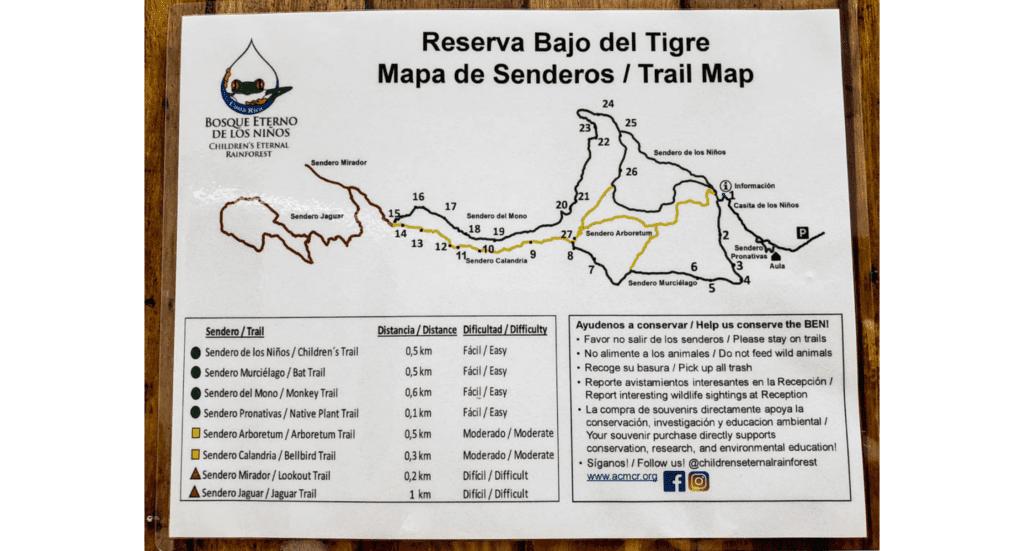
What Makes Children’s Eternal Rain Forest Different from Other Monteverde Reserves?
Most visitors to Monteverde head straight to the Monteverde Cloud Forest Reserve or Santa Elena Reserve, both excellent choices. But Children’s Eternal Rain Forest offers something those busier reserves don’t—space, authenticity, and the chance to experience conservation in action without the crowds.
The reserve stretches across three provinces (Puntarenas, Guanacaste, and Alajuela) and encompasses seven distinct life zones. This means you’re not visiting a single ecosystem—you’re experiencing everything from premontane rainforest at lower elevations to cloud forest along the Continental Divide. That diversity translates to wildlife you won’t see concentrated anywhere else in Costa Rica.
Unlike commercial reserves, 100% of your entry fee directly supports conservation work, environmental education programs, and ongoing research. The Monteverde Conservation League manages the property without government funding, relying entirely on visitor support and donations.
How Did Schoolchildren Save 56,000 Acres of Rainforest?
In 1987, American biologist Sharon Kinsman gave a presentation about Costa Rican rainforests to Swedish teacher Eha Kern’s elementary class. The students were so moved by the threat of deforestation that they began fundraising—initially raising $18,000 through bake sales, sponsored walks, and other creative efforts.
That initial spark inspired children from 44 countries to join the cause. Students in Japan, England, Germany, and across the Americas organized fundraising campaigns. By 1998, the children’s efforts had protected 18,000 hectares, making it Central America’s largest private reserve at the time. The reserve has since grown to 22,600 hectares, and contributions continue today.
The name “Bosque Eterno de los Niños” (Children’s Eternal Forest) honors these young conservationists whose belief that they could make a difference actually did. That story resonates through every trail in the reserve.
Which Station Should You Visit?
The reserve operates four distinct stations, each offering different experiences and requiring varying levels of access and physical fitness. Your choice depends on where you’re staying, what you want to see, and how adventurous you’re feeling.
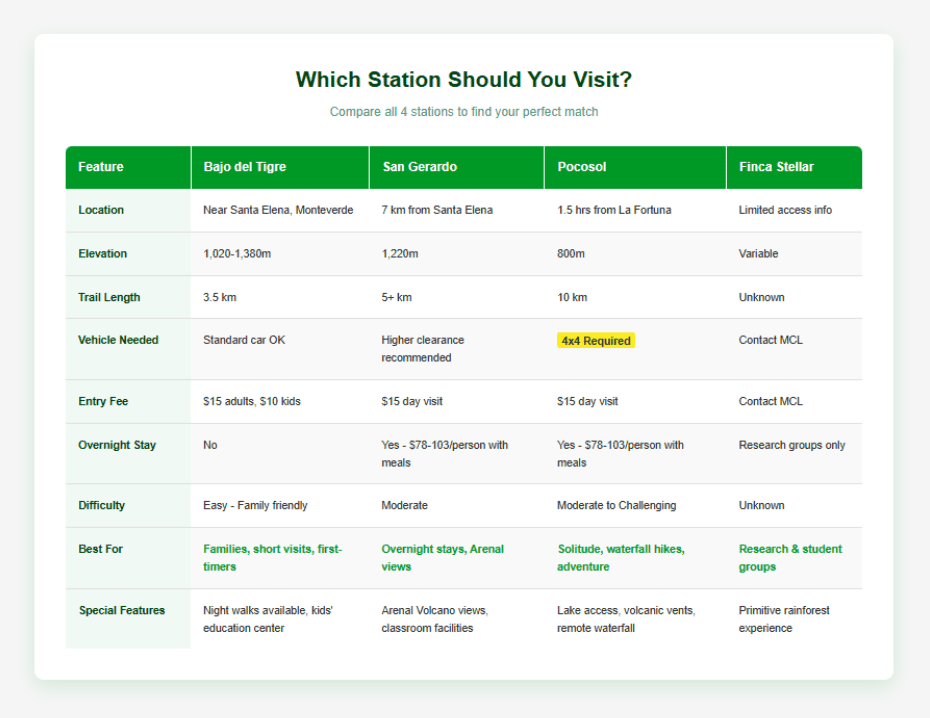
Is Bajo del Tigre the Right Choice for Families?
Located just outside Santa Elena, Bajo del Tigre provides the easiest access to the Children’s Eternal Rain Forest. The station sits at a lower elevation (1,020-1,380 meters) in what’s called a “rain shadow forest”—drier than a typical cloud forest but still lush and biodiverse.
The 3.5-kilometer trail system works perfectly for families with young children or visitors short on time. You’ll find well-maintained paths, an information center, a gift shop, and even a children’s environmental education house. The trails are gentler than other Monteverde reserves, making this ideal for anyone concerned about steep climbs or muddy conditions.
Entry costs $15 for adults, $10 for children. Hiking sandals work fine here since the trails stay relatively dry compared to higher-elevation cloud forests. The station also offers night walks with reservations—your best chance to spot frogs, insects, and nocturnal mammals most day visitors never see.
From Santa Elena, drive toward the Monteverde Cloud Forest Reserve and watch for signs to Curi Cancha Reserve. Bajo del Tigre sits along this road, about a 10-minute drive from town.
What Can You Experience at San Gerardo Station?
San Gerardo sits at 1,220 meters elevation on the reserve’s Pacific slope, offering spectacular views of Arenal Volcano on clear mornings. This station feels more remote than Bajo del Tigre while still maintaining good infrastructure for visitors.
The station features over 5 kilometers of forested trails, a classroom, and accommodation for up to 32 people. You can visit as a day hiker or book overnight stays that include three meals. The location puts you deep enough into the forest that dawn and dusk wildlife viewing become realistic possibilities—times when many animals are most active.
Staying overnight costs approximately $78-123 per person, depending on whether you choose shared or private rooms, with all meals and internet included. Day visitors pay the standard $15 entry fee. The station sits about 7 kilometers from Santa Elena, requiring a drive on partially unpaved roads.
Why Does Pocosol Station Require a 4×4?
Pocosol Station occupies the opposite end of the reserve from Bajo del Tigre and San Gerardo, positioned at 800 meters elevation near La Fortuna rather than Monteverde. This lower-elevation premontane forest creates a completely different ecosystem from the cloud forest stations.
The drive from La Fortuna takes about 1.5 hours on rough roads—4×4 vehicles aren’t optional here, they’re mandatory. You’ll pass the Peñas Blancas river and two hydroelectric dams before reaching the station. The challenging access means you’ll likely have the trails to yourself, which is a rare luxury in popular Costa Rica destinations.
Pocosol’s 10 kilometers of trails lead to a pristine lake, an impressive waterfall, and volcanic vents where you can see geothermal activity firsthand. The station offers the same overnight accommodation options as San Gerardo with similar pricing. Many visitors consider the dramatic waterfall hike the highlight of the entire reserve system.
If you’re staying in La Fortuna and want to experience the Children’s Eternal Rain Forest, Pocosol makes more sense than driving to Monteverde. Search “Pocosol biological station” on Google Maps or Waze for accurate directions.
What About Finca Stellar?
Finca Stellar is the least developed of the four stations, offering the most primitive rainforest experience. Limited public information exists about visitor access, and the station primarily serves researchers and organized student groups. Contact the Monteverde Conservation League directly if you’re interested in visiting this location.
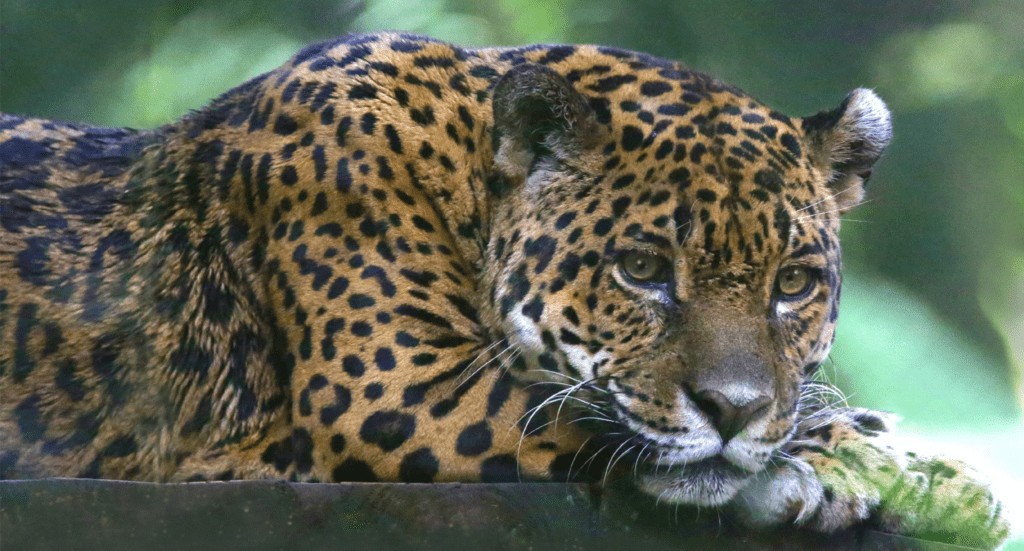
What Wildlife Will You Actually See?
The reserve’s biodiversity statistics sound impressive—400+ bird species, 120+ mammals, 60 amphibian species—but what does that mean for your actual visit? Let’s focus on what you’re likely to encounter rather than rattling off scientific inventories.
Can You Really See All Six Wild Cats?
The Children’s Eternal Rain Forest protects Costa Rica’s complete wild cat population: jaguars, pumas, ocelots, margays, jaguarundis, and oncillas. But seeing them? That’s a different story. These cats are largely nocturnal, elusive, and range over huge territories. Your odds of spotting one during a day hike hover near zero.
However, their presence indicates an intact ecosystem. The fact that the reserve can support apex predators like jaguars tells you everything about the forest’s health. Local guides report occasional tracks and sightings, particularly at San Gerardo and Pocosol, where camera traps regularly capture images.
Which Birds Should You Watch For?
The resplendent quetzal draws more visitors to Monteverde than any other species. These stunning birds, with iridescent green plumage and long tail feathers, inhabit the cloud forest sections from March through June during breeding season. Early morning hikes between 6-9 AM offer the best viewing opportunities.
Three-wattled bellbirds produce one of the rainforest’s most distinctive sounds—a loud, bonging call that carries through the forest. You’ll hear them more often than see them, but patient observers with binoculars often spot these brown-and-white birds in the canopy.
The reserve also hosts emerald toucanets, various hummingbird species, including the snowcap and coppery-headed emerald, motmots, trogons, and tanagers. During fall and spring migrations, North American species pass through by the hundreds of thousands—warblers, thrushes, and raptors using the reserve as a critical stopover.
What About the More Approachable Wildlife?
You’ll have much better odds with primates and other mammals. Howler monkeys’ deep roars often echo through the forest at dawn. White-faced capuchins travel in troops through the canopy, while spider monkeys (found primarily at lower elevations like Pocosol) swing gracefully between branches.
Coatis often wander trails in groups, and you might spot agoutis (guatusas), porcupines, or sloths. Two-toed and three-toed sloth species both inhabit the reserve, though their camouflage makes them challenging to spot without a guide’s trained eye.
Tapirs, Costa Rica’s largest land mammal, live throughout the reserve but prefer dawn and dusk activity. They’re shy despite their size, so seeing one requires significant luck or overnight stays when you can access trails during peak activity times.
When Should You Visit for the Best Experience?
Costa Rica’s dry season (December through April) brings the most visitors to Monteverde, and with good reason. Trails stay drier and more accessible, and the lack of afternoon rain makes hiking more comfortable. However, the green season (May through November) offers distinct advantages for Children’s Eternal Rain Forest specifically.
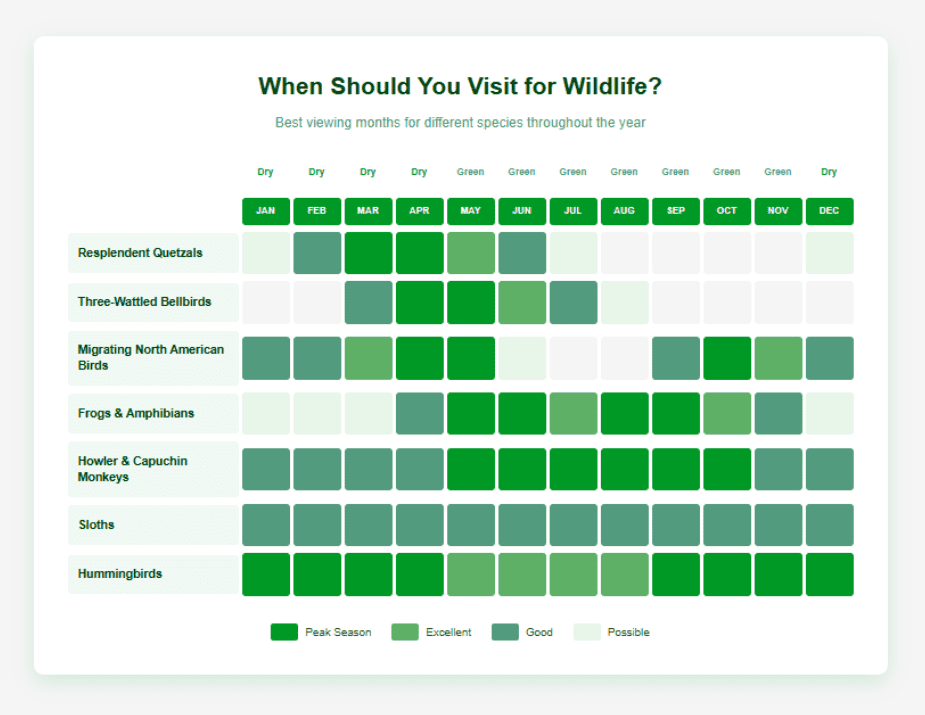
Does Rain Really Ruin the Experience?
The rainy season earns its name—you’ll likely encounter afternoon showers. But morning hours typically stay clear, and the forest becomes incredibly lush. More importantly, wildlife activity increases during these months. Amphibians emerge, birds engage in breeding behaviors, and the forest feels more alive.
Fewer tourists during the green season means quieter trails and better wildlife viewing opportunities. When animals aren’t disturbed by constant foot traffic, they behave more naturally and appear more frequently. The trade-off between weather convenience and authentic nature experience tilts toward the green season for many experienced visitors.
What Should You Bring Regardless of Season?
Closed-toe hiking shoes or boots are essential for San Gerardo and Pocosol, though hiking sandals work at Bajo del Tigre during the dry season. The cloud forest stays cool—temperatures range from 60-70°F (15-21°C)—so bring layers, including a light rain jacket.
Binoculars dramatically improve bird watching success. Even basic optics help you spot wildlife in the canopy that you’d completely miss otherwise. A small daypack for water, snacks, and rain protection makes sense for longer hikes.
Leave your umbrella behind—it’s useless on narrow forest trails and prevents you from using your hands to navigate or use binoculars. Rain jackets or ponchos work much better in this environment.
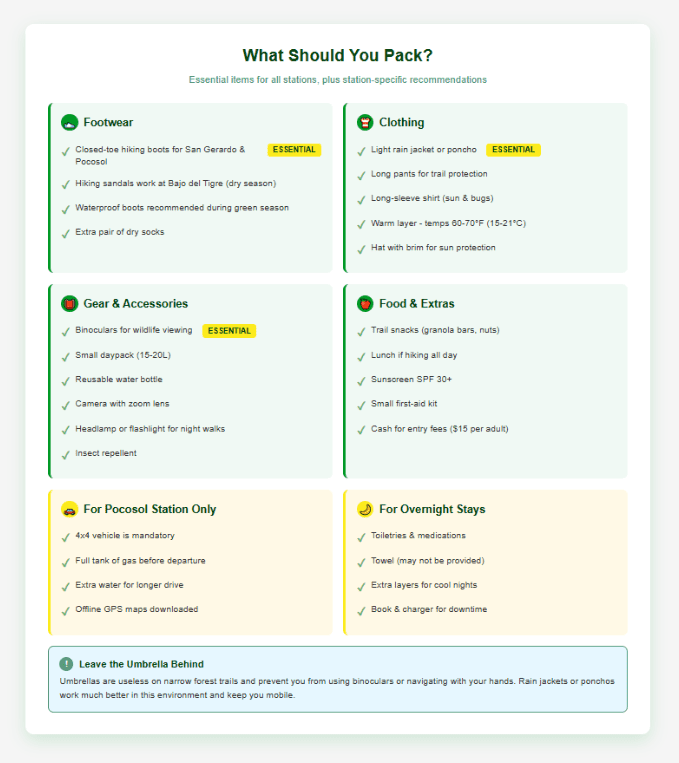
How Do You Actually Get There from Major Destinations?
What’s the Drive from San José?
From San José, the drive to Monteverde (and therefore Bajo del Tigre or San Gerardo stations) takes 3-3.5 hours under good conditions. Take Route 1 north toward Puntarenas, then turn onto Route 606 toward Sardinal and Santa Elena. The final 30 kilometers follow unpaved mountain roads—not technically requiring 4×4, but definitely easier with higher clearance and better handling.
During the rainy season, road conditions deteriorate significantly. A 4×4 becomes highly recommended rather than optional. The switchbacks and steep grades mean you should add extra time to these estimates during afternoon rain showers.
How Far Is It from La Fortuna?
La Fortuna to Monteverde covers about 110 kilometers but takes 3-4 hours depending on the route and road conditions. Most drivers choose the route via Tilarán, which stays paved longer. For Pocosol Station specifically, you’ll need only 1.5 hours from La Fortuna, but those are rough hours on demanding roads.
The vehicle matters here more than almost anywhere else in Costa Rica. Standard sedans struggle on these roads even in the dry season. Vamos Rentacar’s 4×4 options handle these routes confidently, and the ground clearance makes a noticeable difference when roads get muddy or rutted.
Can You Visit from Tamarindo or Manuel Antonio?
From Tamarindo, you’re looking at 4-5 hours to Monteverde. Manuel Antonio sits even farther at 5-6 hours. These long drives make Children’s Eternal Rain Forest work better as a destination during a Monteverde stay rather than a day trip from beach areas.
What Should Your Visit Actually Look Like?
Plan at least 2-3 hours for a Bajo del Tigre visit, including trail time and the information center. San Gerardo and Pocosol deserve half-day or full-day excursions, especially if you’re hiking to waterfalls or the lake.
Early morning starts (6-8 AM) maximize wildlife viewing success. Many animals retreat during midday heat, and the afternoon brings rain during the green season. If you can only visit during afternoon hours, consider booking a night walk at Bajo del Tigre instead—you’ll see different species and experience the forest in a completely unique way.
Hiring a guide isn’t required at any station, but it dramatically improves your experience if wildlife viewing matters to you. Local guides spot animals you’d walk past, identify bird calls, and explain forest ecology in ways that transform a nice hike into genuine understanding. The reserve’s website lists recommended guides and tour operators.
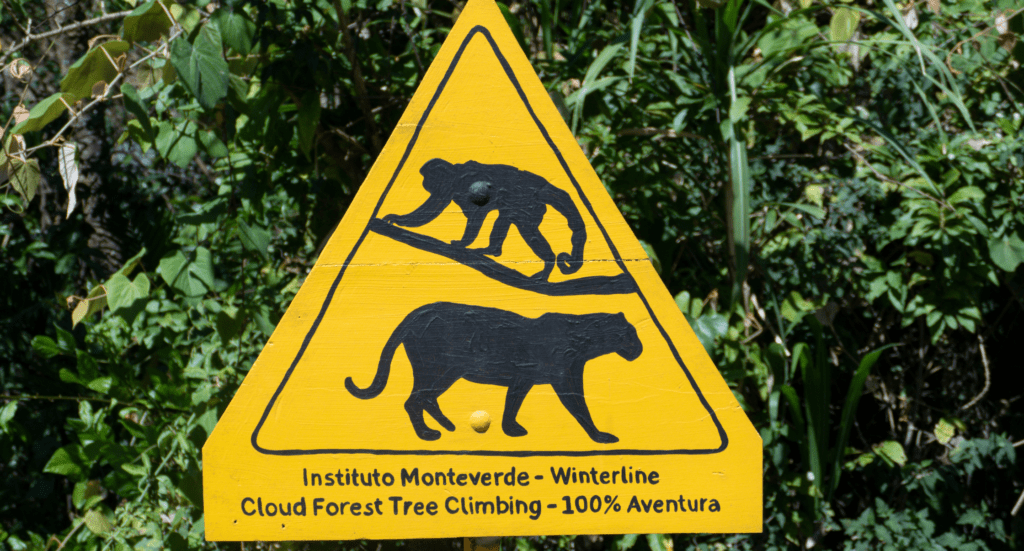
How Does Visiting Support Conservation?
Every entry fee dollar goes directly to conservation work. The Monteverde Conservation League uses visitor revenue for forest patrols that prevent poaching and illegal logging, environmental education programs for local schools, ongoing scientific research, trail maintenance, and reforestation projects on degraded land adjacent to the reserve.
The reserve also functions as a critical watershed. Communities throughout the region depend on water flowing from these forests, and the hydroelectric projects fed by reserve streams generate over a third of Costa Rica’s electricity. By visiting, you’re not just seeing nature—you’re actively supporting its protection and the sustainable development it enables.
What Comes Next for Your Monteverde Experience?
After experiencing the Children’s Eternal Rain Forest, you’ll understand why this area has become synonymous with conservation. Most visitors combine their reserve visit with other Monteverde attractions—the hanging bridges, night tours, or coffee plantation visits all make sense within a 2-3 day Monteverde stay.
The reserve works beautifully as either a Monteverde-based activity or as a stop between La Fortuna and the cloud forest region. If you’re staying in La Fortuna, Pocosol Station lets you experience this unique forest without the long drive to Monteverde proper.
Having a reliable 4×4 vehicle changes what’s possible in this region. The difference between reading about remote biological stations and actually hiking through them comes down to whether you can confidently navigate mountain roads that get challenging during rain. When you’re ready to explore beyond the main tourist routes, proper transportation makes these experiences accessible rather than theoretical.
The Children’s Eternal Rain Forest proves that individual actions—even those of children halfway around the world—can create lasting environmental impact. Your visit continues that legacy, supporting a reserve that will hopefully remain eternal for generations to come.
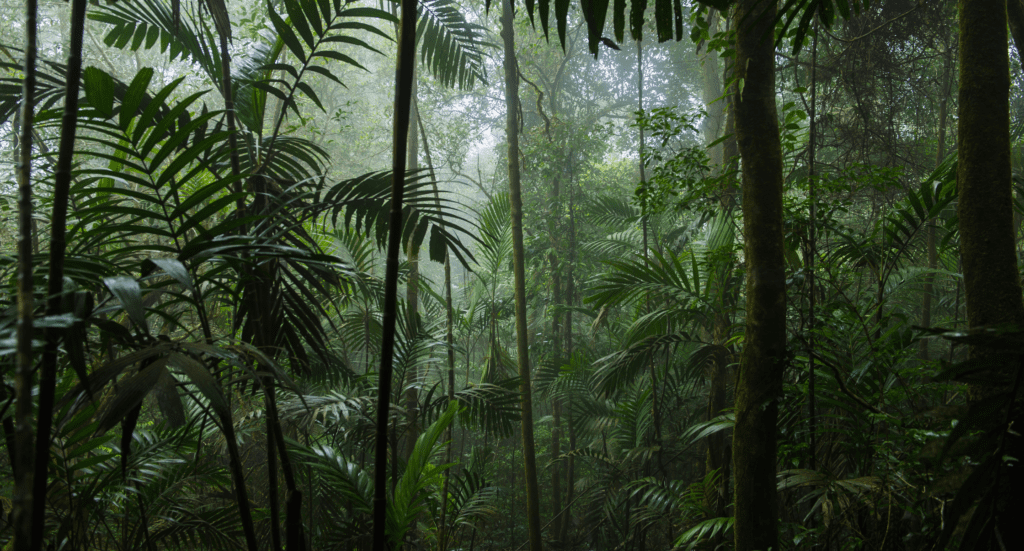
Frequently Asked Questions
Why is it called the Children’s Eternal Rain Forest?
Because schoolchildren from 44 countries actually saved it. In 1987, a Swedish elementary class heard about Costa Rican rainforest destruction and started fundraising through bake sales and sponsored walks, initially raising $18,000. Their efforts inspired students in Japan, England, Germany, and across the Americas to join in. By 1998, children’s campaigns had protected 18,000 hectares, making it Central America’s largest private reserve at the time. The reserve has since grown to 56,000 acres (22,600 hectares), and it’s called “Bosque Eterno de los Niños” to honor these young conservationists who proved that kids could make a real difference. That backstory resonates through every trail you’ll hike.
Which station should you visit at the Children’s Eternal Rain Forest?
Depends on where you’re staying and how adventurous you are. Bajo del Tigre (10 minutes from Santa Elena) works best for families and short visits—3.5km of easy trails, well-maintained paths, and even night walks available. It’s the most accessible option with a standard car. San Gerardo (7km from Santa Elena) offers overnight lodging ($78-123/person with meals), 5+ km of trails, and views of Arenal Volcano on clear mornings. Pocosol (1.5 hours from La Fortuna) requires a 4×4 vehicle but delivers the most pristine experience—10km of trails leading to a waterfall, lake, and volcanic vents, with basically zero crowds. If you’re staying in Monteverde, hit Bajo del Tigre or San Gerardo. Based in La Fortuna? Pocosol makes more sense than driving 3-4 hours to Monteverde.
How much does it cost to visit Children’s Eternal Rain Forest?
Entry runs $18 for adults, $10.80 for children at most stations. Here’s what makes it meaningful: 100% of that fee goes directly to conservation work—forest patrols, environmental education, research, and reforestation. No government funding, no corporate profit margins. If you’re staying overnight at San Gerardo or Pocosol, expect $78-123 per person, including three meals and accommodation. Camping isn’t available here like at some other reserves. Night walks at Bajo del Tigre cost extra and require advance booking. The reserve is managed by the Monteverde Conservation League, which relies entirely on visitor support and donations to protect this massive watershed that provides water to hundreds of communities.
When is the best time to visit for wildlife?
December through April (dry season) brings easier trails and more comfortable hiking, but May through November (green season) actually offers better wildlife activity—amphibians emerge, birds breed, and animals behave more naturally with fewer crowds. The forest feels genuinely alive during the green season. That said, you’ll deal with afternoon rain and muddy conditions. The key, regardless of season? Start early. Wildlife viewing peaks 6-9 AM when animals are most active. Resplendent quetzals show up from March through June during the breeding season. Three-wattled bellbirds are around, but you’ll hear them before you see them. Monkeys (howler, white-faced capuchin, spider at lower elevations) appear year-round. Sloths exist but require patience or a guide’s trained eye to spot.
Can you really see jaguars and all six wild cats?
The reserve protects all six Costa Rican wild cat species—jaguars, pumas, ocelots, margays, jaguarundis, and oncillas—but actually seeing them on a day hike? Your odds are basically zero. These cats are nocturnal, elusive, and range over huge territories. However, their presence proves the ecosystem is intact and healthy. Local guides report occasional tracks and sightings, particularly at San Gerardo and Pocosol, where camera traps regularly capture images. The fact that this reserve can support apex predators like jaguars tells you everything about the forest’s biodiversity. You’ll have much better luck with the 400+ bird species, three types of monkeys, coatis, agoutis, sloths, and tapirs.
Do you need a 4×4 to visit Children’s Eternal Rain Forest?
For Bajo del Tigre and San Gerardo, a standard car works during the dry season (December-April), though higher clearance helps year-round. The final 30km from the main highway to Monteverde follow unpaved mountain roads—not technically requiring 4×4 but definitely easier with better handling and ground clearance. During the green season (May-November), roads deteriorate significantly, and a 4×4 becomes highly recommended rather than optional. For Pocosol Station specifically, a 4×4 is absolutely mandatory year-round—those 1.5 hours from La Fortuna cover seriously rough roads with river crossings. This isn’t a suggestion, it’s a requirement. Standard sedans won’t make it, and you’ll damage the car trying.
How does Children’s Eternal Rain Forest compare to Monteverde Cloud Forest Reserve?
Children’s Eternal Rain Forest is way bigger (56,000 acres versus Monteverde’s 26,000), way less crowded, and spans seven distinct life zones instead of just cloud forest. You’re experiencing everything from the premontane rainforest at lower elevations to cloud forest along the Continental Divide. The diversity means different wildlife than you’d see in Monteverde proper. The trade-off? Less infrastructure—trails are less developed, facilities are more basic, and you’ll need to work harder to spot wildlife without the constant flow of guides pointing things out. Monteverde Cloud Forest Reserve offers more manicured trails, better signage, and guided tour options everywhere. Choose Children’s Eternal Rain Forest if you want authenticity, space, and knowing your $18 entry fee goes entirely to conservation. Choose Monteverde if you want easier access and more hand-holding.
What should you actually pack for a visit?
Essentials: Closed-toe hiking boots (not sandals, except at Bajo del Tigre in dry season), binoculars (wildlife viewing success depends on them), light rain jacket, layers since it runs 60-70°F, small daypack, 2L water per person, trail snacks, and insect repellent. The cloud forest stays cool and can shift from sun to rain quickly. Don’t bring an umbrella—it’s useless on narrow forest trails and prevents you from using binoculars. Bring cash since there are no ATMs and entry fees are cash-only. A camera with a zoom lens helps with bird photography. If you’re doing Pocosol, download offline GPS maps since cell coverage disappears. For overnight stays, bring toiletries, extra layers for cool nights, a book or charger for downtime, and any medications you need.
